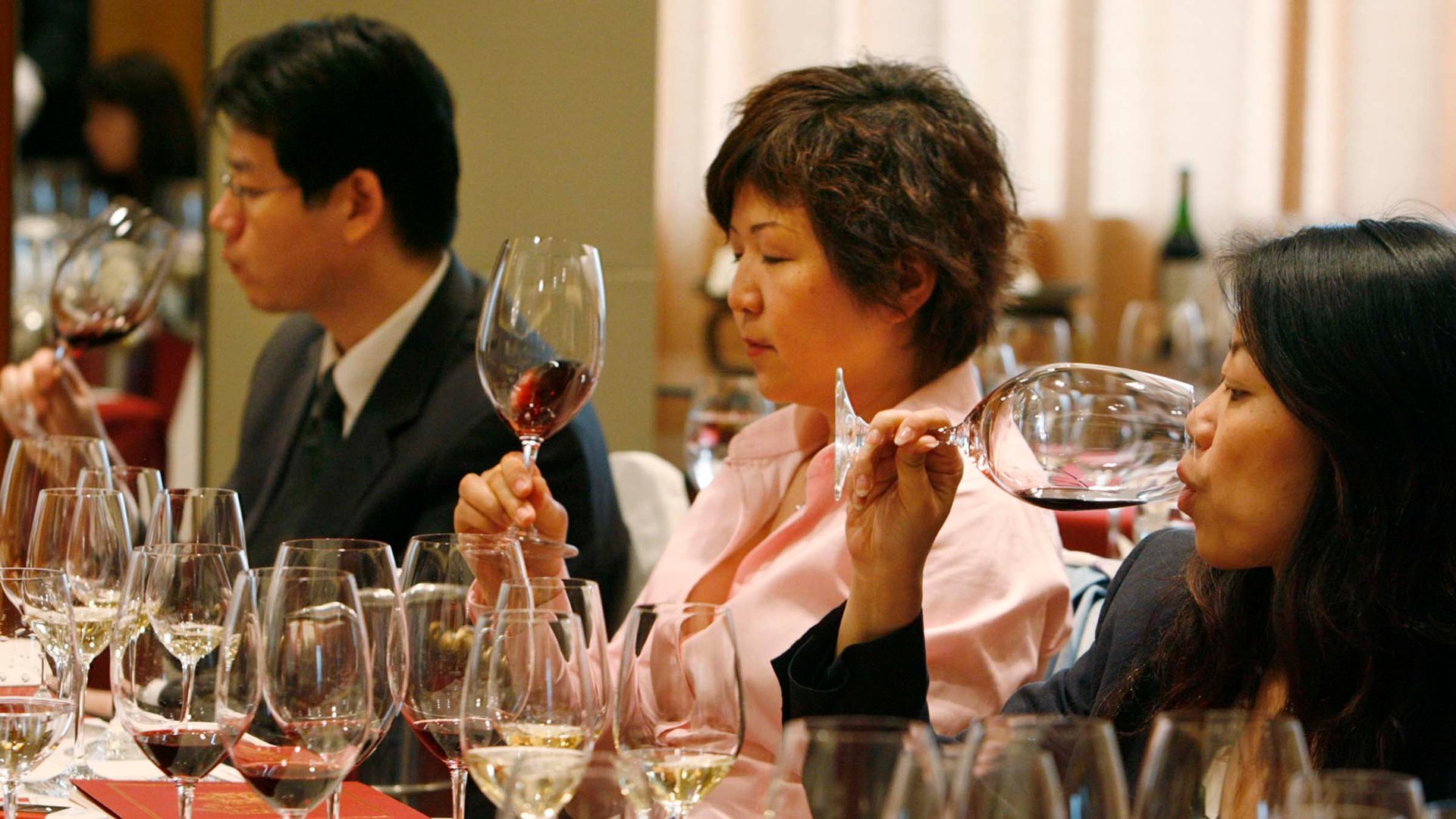The head of China’s biggest wine brand admits its wines are terrible
Ning Gaoning, the chairman of Cofco, the state-owned grain company that operates China’s biggest wine producer, told a conference in Switzerland what Chinese oenophiles have long known: its wines are ”not very good” (paywall).


Ning Gaoning, the chairman of Cofco, the state-owned grain company that operates China’s biggest wine producer, told a conference in Switzerland what Chinese oenophiles have long known: its wines are ”not very good” (paywall).
From China’s vast wine market to its rising disposable income levels, there should be no shortage of incentives for Chinese winemakers to produce better vintages. In 2012 China (including Hong Kong) became the world’s largest market for red wine (pdf). In 2013, despite a slight year-on-year decline in red wine consumption, Chinese drinkers worked their way through 155 million cases of red, compared with 150 million cases in France and 141 million in Italy. The Cofco subsidiary Great Wall Wine Company said in 2010 that it produced 50,000 tons of wine, easily making it China’s largest winemaker.
Red wines also hold plenty of cultural cachet in China, though the high price tag of a bottle is often reason enough for a customer to buy it, especially if it is intended as a gift for a business associate. It is not uncommon to see even undistinguished domestically-produced wines priced at hundreds of dollars. French wines at auction sell for far more.
But an ongoing crackdown on government corruption is squeezing such ostentatious purchases, and rising imports of good wines at a lower price range, often from respectable new-world producers such as Chile and Australia, may finally force domestic brands to up their game. Cofco is trying to improve its wine offering by making acquisitions overseas, buying the Bordeaux vineyard Chateau Viaud in 2011 and Chile’s Biscottes in 2010.